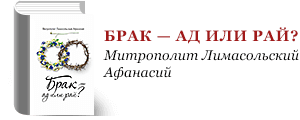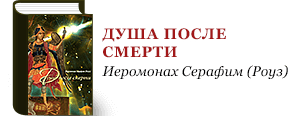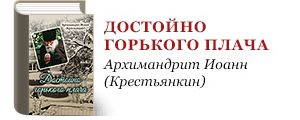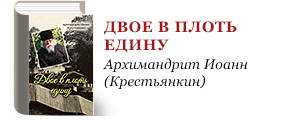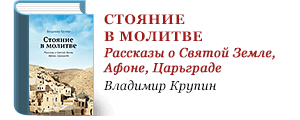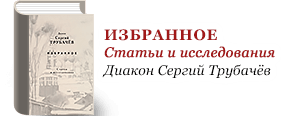Houston, Texas, July 28, 2011
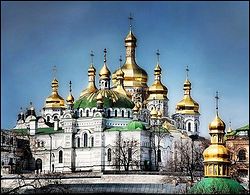
|
But tucked away in a corner of the Houston Museum of Natural Science, amid hushed tones and an air of veneration, the glory and grandeur of a great cathedral awaits. Here, under arched ceilings and muted lights, are the finely crafted treasures of nine centuries of Ukrainian Orthodox Christianity.
Ornately designed chalices, gospel covers and tabernacles gilded in silver and gold. Intricately embroidered liturgical vestments and altar cloths woven of velvet and golden thread. Icons, painted in deep shades of red, green and blue, and hinting of the rich influences of Byzantine and Western art.
"These are more than paintings. They relate the word of God, so we tried to treat them with reverence," said Dirk Van Tuerenhout, the museum's curator of anthropology, as he walked through the exhibit, The Glory of Ukraine: Sacred Images From the 11th to the 19th Century.
The bulk of the exhibit's 77 pieces comes from the holdings of the oldest monastery in Ukraine, the Kyiv-Pecherskaya Lavra, also known as the Monastery of the Caves. The monastery, whose beginnings can be traced to 1051, is a massive complex that once encompassed cities, towns and villages, and housed an art school that drew students from across Eastern Europe and Russia.
Ravaged during World War II, the monastery was reconstructed and today boasts a collection of more than 70,000 paintings, metalwork, embroidery and icons — religious images depicting saints, angels and holy beings, and sometimes thought to have miraculous powers.
The pieces in the Houston exhibit offer a hint of what might be found in Ukrainian Orthodox churches, which typically contain an iconostasis - or a wall of icons and religious paintings that separates the nave from the sanctuary. Instead of one single painting, an iconostasis would be covered with dozens of icons and religious images, Von Tuerenhout explained.
The baroque quality is also seen in items such as an elaborate tabernacle from 1726, plated in silver and decorated with four scenes from the crucifixion of Christ and the figures of Mary and John the Baptist flanked by angels. Nearby, a 1756 phelonion, or priest's garment, designed with embroidered satin, linen, chenille and silver thread in shades of green and blue, is also a study in baroque workmanship.
The breadth of the exhibit, which runs through Sept. 5, also illustrates the mix of cultural and artistic styles found in Ukrainian iconography. Earlier pieces show the influences of Byzantine artists, and later icons echo the style of Italian Renaissance painters.
In The Annunciation, a mid-18th-century painting depicting the Angel Gabriel's announcement to Mary that she would become the mother of God, Renaissance touches can be found in the style of the figures and in the Italian landscape backdrop.
In a Rococo-influenced icon from the 1760s, a retinue of angels surrounds the archangels Michael and Gabriel, who are clothed in luxuriant shades of red, gold and green. Blinding rays of light emanate from the figure of Christ Emanuel, and a dove above him represents the Holy Spirit. At the top, there is an image of God and a triangular halo symbolizing the Holy Trinity.
Many of the icons, however, are striking in their folk-art simplicity. They don't overwhelm their viewer but instead seem to beckon with open arms.
Two of the most moving items on display are also the oldest: the Mother of God Hodigitri, an icon from 1370, and the Cross of Mark the Cave-Dweller, a bronze encolpion, or reliquary cross, from the 11th century.
Both are damaged by time and turmoil, making their presence all the more remarkable.
The icon, one of the earliest surviving icons in Ukraine, shows the figures of Mary and Jesus, set against a jade background. A gash in the painting, just above Mary's eyes, mars her face. And the cross, which once belonged to a monk charged with burying his fellow monks, is engraved with designs worn away by the passing centuries.
That both icons have been preserved speaks to the larger message of the exhibit: the presence of an abiding faith in the daily life of Ukraine.
"It's one of the elements that make up the identity of Ukraine," Von Tuerenhout said . "These pieces are saying: 'This is us.' "
